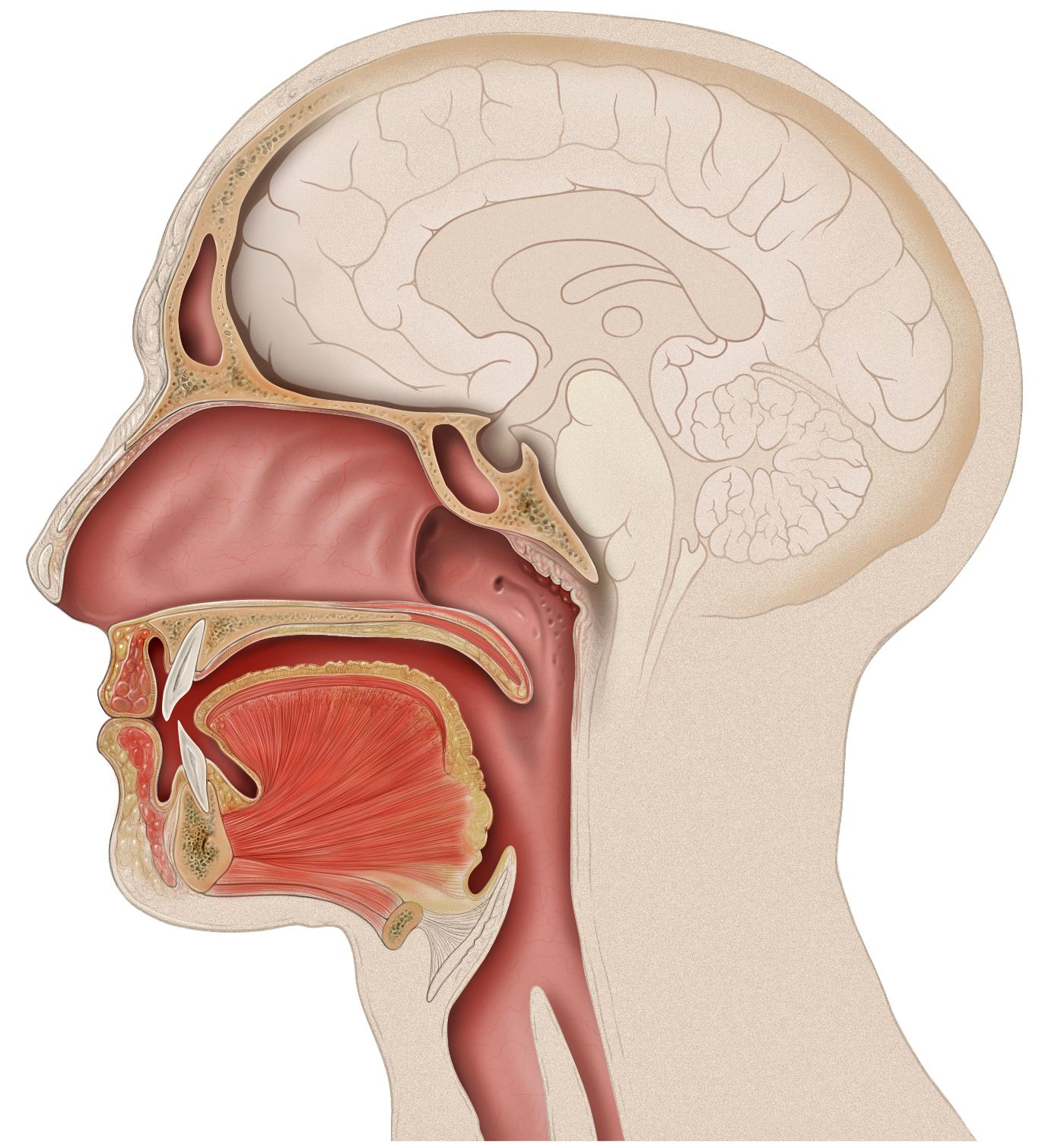Ozuriftamab Vedotin Gains FDA Fast Track Designation for Recurrent SCCHN
Multiple confirmed responses in a phase 2 trial support the FDA designation for the experimental therapy in squamous cell carcinoma of the head and neck.
The designation follows results from an open-label phase 2 trial (NCT05271604) evaluating ozuriftamab vedotin in SCCHN, in which ozuriftamab vedotin showed a manageable safety profile and multiple confirmed responses.

The FDA has granted fast track designation to reversibly active antibody drug conjugate (ADC), ozuriftamab vedotin (CAB-ROR2-ADC), for patients with recurrent or metastatic squamous cell carcinoma of the head and neck (SCCHN) who have previously progressed on anti–PD-1 or anti–PD-L1 therapies, according to a news release published by the drug’s developer, BioAtla, Inc.1
The designation follows results from an open-label phase 2 trial (NCT05271604) evaluating ozuriftamab vedotin in SCCHN, in which the agent showed a manageable safety profile and multiple confirmed responses.2 Specifically, as of May 14, 2024, there were 11 responses across 2 dose regimens, including 5 confirmed responses and 1 complete response. Additionally, the disease control rate (DCR) was 86%.
“The FDA’s decision is an important recognition of the potential of our CAB-ROR2-ADC, ozuriftamab vedotin. There remains a significant unmet need in refractory head and neck cancer where previous treatments have failed and current outcomes are suboptimal with low response rates,” said Jay M. Short, PhD, chairman, chief executive officer, and co-founder of BioAtla.1 “To date, ozuriftamab vedotin has shown promising clinical activity in [patients with] treatment-refractory SCCHN who had a median of 3 prior lines of therapy. In addition, ozuriftamab vedotin continues to have a manageable safety profile with no new safety signals. We look forward to discussing with the FDA plans for a potential registrational trial in the second half of this year.”
The study enrolled 33 patients with SCCHN and disaggregated them into 2 dosing cohorts. One cohort was dosed at 1.8 mg/kg of ozuriftamab vedotin 2 times every 3 weeks (n = 21), and the other received the same regimen every 2 weeks (n = 12). Dosing regimens consisted of ozuriftamab vedotin and a PD-1 inhibitor.3
Co-primary end points for the study included confirmed objective response rate (ORR) and serious adverse effects (AEs) and any AE incidence. Secondary end points included duration of response, progression-free survival, best overall response, DCR, time to response, and overall survival. The time frame for all end points is up to 24 months.
Among evaluable patients (n = 29), there was a median of 3 prior lines of treatment. Additionally, among patients with ongoing responses, the 5 confirmed responders had a median of 2 prior lines of treatment, and the 6 with unconfirmed responses had a median of 3.
Inclusion criteria for the study included adult patients with histologically or cytologically confirmed recurrent or metastatic stage III or IV SCCHN not amendable to local therapy in the following locations: oropharynx, oral cavity, hypopharynx, and larynx. Additional criteria included documented lack of response of 1 or fewer approved PD-1 or PD-L1 inhibitors; an ECOG performance score of 0 or 1; and adequate renal, liver, and hematological function.
Excluded from this trial were patients with a history of grade 3 or greater allergic reactions to monoclonal antibody therapy, known or suspected allergy or intolerance to study treatment agents, known human immunodeficiency virus infection, and active hepatitis B or C.
“We have had a productive start to the year, highlighted by positive clinical responses and a manageable safety profile observed with our CAB phase 2 assets, including ozuriftamab vedotin,” said Short in a news release on first quarter 2024 reports for BioAtla.2 “As we near completion of several of our phase 2 clinical trials, we remain well-positioned to deliver on multiple important milestones throughout the remainder of the year.”
References
- BioAtla granted FDA fast track designation for ozuriftamab vedotin (CAB-ROR2-ADC) for treatment of patients with recurrent or metastatic squamous cell carcinoma of the head and neck. News release. BioAtla, Inc. July 23, 2024. Accessed July 25, 2024. https://tinyurl.com/mrxmkw92
- BioAtla reports first quarter 2024 financial results and highlights recent progress. News release. BioAtla, Inc. May 14, 2024. Accessed July 25, 2024. https://tinyurl.com/ymm8ku2u
- A phase 2 open label study of BA3021 in patients with recurrent or metastatic squamous cell carcinoma of the head and neck. ClinicalTrials.gov. Updated September 29, 2023. Accessed July 25, 2024. https://clinicaltrials.gov/study/NCT05271604